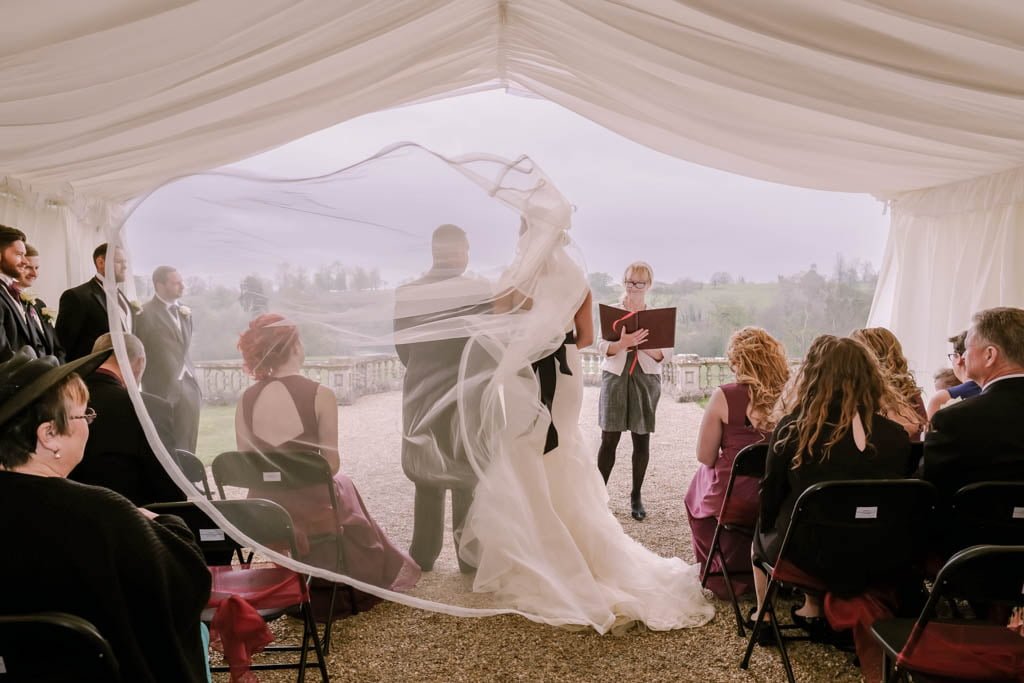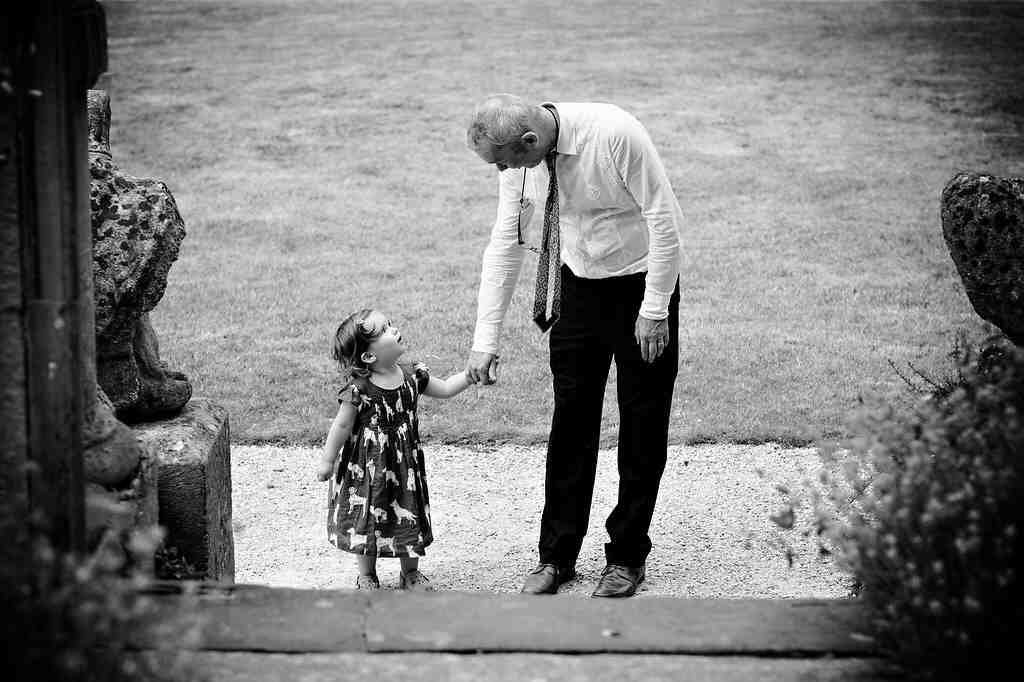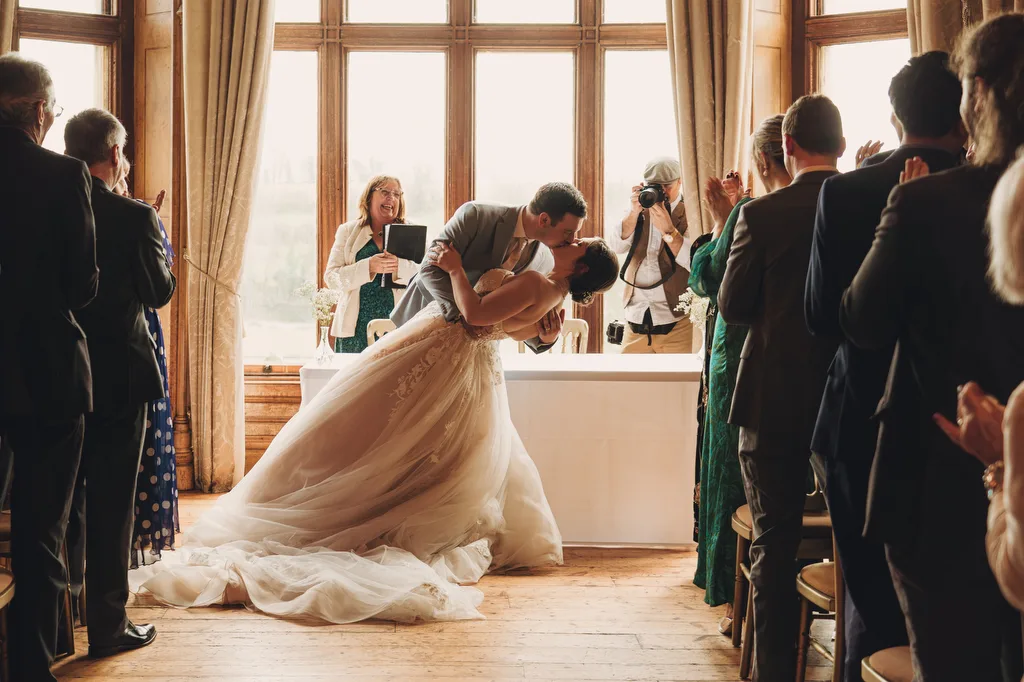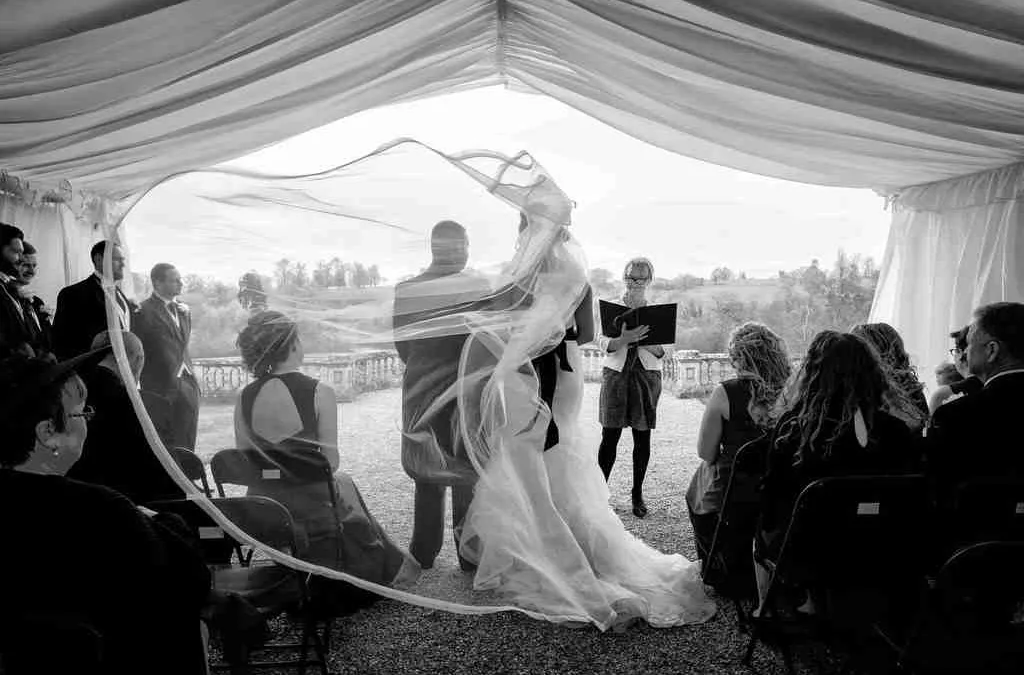The Art of Seeing: Why Photography Captivates Us

Photography is much more than just capturing moments;
Photography is much more than just capturing moments; it is the art of seeing the world through a distinct lens and sharing that vision with others. This craft has evolved tremendously over the decades, yet its fundamental purpose remains the same: to tell stories, evoke emotions, and inspire change. Whether through the click of a shutter or the post-production process, photographers weave narratives that resonate deeply with viewers, allowing us to pause and reflect on the beauty, complexity, and diversity of life. As we delve deeper into the art of photography, it’s evident that its allure lies in its unique ability to make the invisible visible.

The Power of a Photograph
A single photograph has the potential to convey a thousand words, transcending language barriers and cultural divides. It has the extraordinary ability to freeze time, capturing fleeting moments that would otherwise be lost to memory. The significance of this power is profound, as it allows photographers to preserve not just images but emotions, stories, and histories. Through their lenses, photographers become the storytellers of our era, using their craft to document the world around them and share their perspectives in ways that words alone often cannot achieve.

Emotional Impact
Photographs have a unique and unparalleled ability to evoke emotions, often stirring feelings that we may not even realize we possess. A well-composed image can transport us to another place, time, or emotion, making us feel joy, sadness, nostalgia, or even anger. This emotional connection is what gives photography its profound impact. For instance, Steve McCurry’s iconic “Afghan Girl” photograph not only captured the piercing gaze of a young refugee but also brought global attention to the plight of Afghan refugees. The emotion embedded in her eyes tells a story that resonates on a universal level, making the image unforgettable.

Storytelling Through Images
Every photograph has a story to tell, whether it’s a candid shot of a bustling street scene or a meticulously composed landscape. Each image is imbued with a narrative, offering viewers a glimpse into a moment, a place, or a perspective that they might otherwise miss. Photographers like Dorothea Lange, who documented the Great Depression, used their cameras to tell stories that words alone could not convey. Her photograph “Migrant Mother” became a symbol of the era, capturing the hardship and resilience of countless Americans during that difficult time. Such images are not just records of history; they are powerful stories that shape our understanding of the past and present.

The Passion Behind the Lens
What drives photographers to wake up at the crack of dawn, chase the perfect light, or venture into dangerous territories? It’s the passion for capturing the extraordinary in the ordinary. This passion fuels their creativity, pushing them to explore new techniques, perspectives, and subjects. As renowned photographer Ruddy Roye eloquently puts it, “I shoot because I see. I shoot because if I don’t, I don’t know who will.” This unwavering dedication to their craft is what distinguishes great photographers and allows them to create images that resonate deeply with viewers.
The Photogra

The Photographer’s Journey
Every photographer’s journey is unique, shaped by personal experiences, interests, and challenges. Some start as hobbyists, capturing moments with their smartphones, while others pursue formal education in photography, studying under the guidance of established professionals. Regardless of the path taken, the common thread among photographers is a deep love for the art form. This love drives them to spend years honing their skills, experimenting with different techniques, and developing their unique style. Whether self-taught or formally trained, photographers share a commitment to their craft that is evident in every image they create.

Overcoming Challenges
Photography, like any art form, comes with its own set of challenges. From technical issues like lighting and exposure to creative blocks, photographers face numerous obstacles on their journey. Yet, it is their passion and perseverance that keep them going, even in the face of these challenges. Many photographers find inspiration in the work of others, attending workshops, and participating in photography communities to stay motivated and continue improving their craft. Overcoming these challenges is a testament to their dedication and love for photography, which ultimately shines through in their work.

The Evolution of Photography
Photography has undergone a remarkable evolution since its inception, transforming from a niche technical pursuit into a widely accessible and celebrated art form. From the first daguerreotypes to today’s digital masterpieces, the medium has continually adapted to new technologies and societal shifts. Despite these changes, the core principles of good photography—composition, lighting, and storytelling—have remained constant. These timeless principles continue to guide photographers as they explore new ways to capture and share the world around them.

Historical Milestones
The history of photography is marked by significant milestones that have shaped the medium into what it is today. The invention of the daguerreotype in 1839 by Louis Daguerre was a breakthrough that made photography accessible to the public for the first time. This innovation allowed people to capture images with unprecedented detail and permanence, sparking widespread interest in the medium. The introduction of color film in the early 20th century added a new dimension to photography, allowing photographers to capture the world in vibrant hues and expand the creative possibilities of their work.
Digital Revolution
The digital revolution has transformed photography in unprecedented ways, democratizing the medium and making it more accessible than ever before. Digital cameras and smartphones have made it easy for anyone to take and share photos, opening up the art form to millions of new practitioners. Social media platforms like Instagram have created new opportunities for photographers to showcase their work and connect with a global audience. However, despite these technological advancements, the core principles of photography—composition, lighting, and storytelling—remain as relevant as ever. These principles continue to guide photographers as they navigate the digital landscape and explore new creative possibilities.
The Role of Photography in Society
Photography plays a crucial role in society, serving as both a mirror and a lens through which we view the world. It can raise awareness about social issues, document historical events, and even influence public opinion. Through their work, photographers have the power to shape the way we see the world, highlighting issues that might otherwise go unnoticed and inspiring change. Whether capturing the beauty of a landscape or the harsh realities of life, photography has the ability to connect us to the world around us in profound and meaningful ways.
Social Impact
Photography has the power to drive social change by raising awareness and inspiring action. Images of war, poverty, and injustice can stir emotions and bring attention to issues that might otherwise be ignored. For example, the photograph of a lifeless Syrian boy on a Turkish beach in 2015 brought global attention to the refugee crisis and sparked international outrage. Such images have the potential to influence public opinion and policy, demonstrating the profound impact that photography can have on society. Through their work, photographers have the power to shine a light on the issues that matter most and inspire others to take action.
Historical Documentation
Photographs serve as historical documents, preserving moments in time for future generations. From the iconic images of the moon landing to the fall of the Berlin Wall, photographs have captured some of the most significant events in history. These images not only document events but also shape our collective memory and understanding of the past. By capturing these moments, photographers play a crucial role in ensuring that the stories of our time are preserved and passed down to future generations.
The Artistic Side of Photography
While photography is often used for documentation, it is also a powerful artistic medium. Photographers use their cameras to create stunning visual art, experimenting with composition, light, and color to produce images that are both beautiful and thought-provoking. This artistic side of photography allows photographers to explore new creative possibilities and express their unique perspectives in ways that go beyond the limitations of words.
Creative Techniques
Photographers employ various techniques to create artistic images, pushing the boundaries of what is possible with the medium. Long-exposure photography, for example, can capture the movement of stars in the night sky or the flow of water in a river, creating a sense of motion and time. Macro photography, on the other hand, reveals the intricate details of small subjects, offering a new perspective on the world. These techniques allow photographers to experiment with their craft and create images that are both visually stunning and deeply meaningful.
Personal Expression
For many photographers, their work is a form of personal expression, a way to explore their own emotions, experiences, and perspectives. They use their cameras to capture moments that resonate with them on a personal level, creating images that are imbued with their unique vision and voice. This personal connection to their work is what makes their images so compelling, offering viewers a glimpse into the photographer’s inner world. As photographer Ansel Adams once said, “You don’t take a photograph, you make it.” This sentiment captures the essence of photography as an art form, one that is as much about the photographer’s vision as it is about the subject being photographed.
Tips for Aspiring Photographers
- Find Your Passion: Focus on subjects that excite and inspire you, allowing your passion to guide your creative journey.
- Learn the Basics: Master the fundamentals of composition, lighting, and exposure to create well-balanced and visually appealing images.
- Practice Regularly: The more you shoot, the better you’ll get. Regular practice helps you refine your skills and develop your unique style.
- Study the Greats: Learn from the work of renowned photographers, analyzing their techniques and understanding what makes their images impactful.
- Experiment: Don’t be afraid to try new techniques and styles. Experimentation is key to discovering your creative voice and pushing the boundaries of your craft.
Building a Portfolio
A strong portfolio is essential for any aspiring photographer, showcasing your best work and demonstrating your skills and style. When building a portfolio, focus on quality over quantity. Select images that represent your unique vision and tell a cohesive story, allowing potential clients or collaborators to see the full range of your abilities. A well-curated portfolio not
only highlights your technical skills but also your creative vision, making it a powerful tool for advancing your photography career.
Networking and Exposure
Networking is crucial in the photography industry, offering opportunities to connect with other photographers, potential clients, and collaborators. Attend photography events, join online communities, and engage with others in the field to build relationships and gain exposure for your work. Sharing your work on social media and photography websites can also help you reach a wider audience and attract new opportunities. By actively participating in the photography community, you can build a network of support and inspiration that will help you grow as an artist and achieve your goals.
Conclusion
Photography is a powerful medium that transcends language and culture, allowing us to see the world through different eyes and appreciate the beauty in everyday life. Whether you’re an aspiring photographer or a seasoned pro, remember that the best photographs come from the heart. Photography is not just about capturing images; it’s about capturing moments, emotions, and stories. It’s about seeing the world in a new way and sharing that vision with others. So, pick up your camera, explore your surroundings, and start telling your story through the lens. Let your passion guide you, and your photography will not only captivate others but also reflect your unique perspective on the world.

